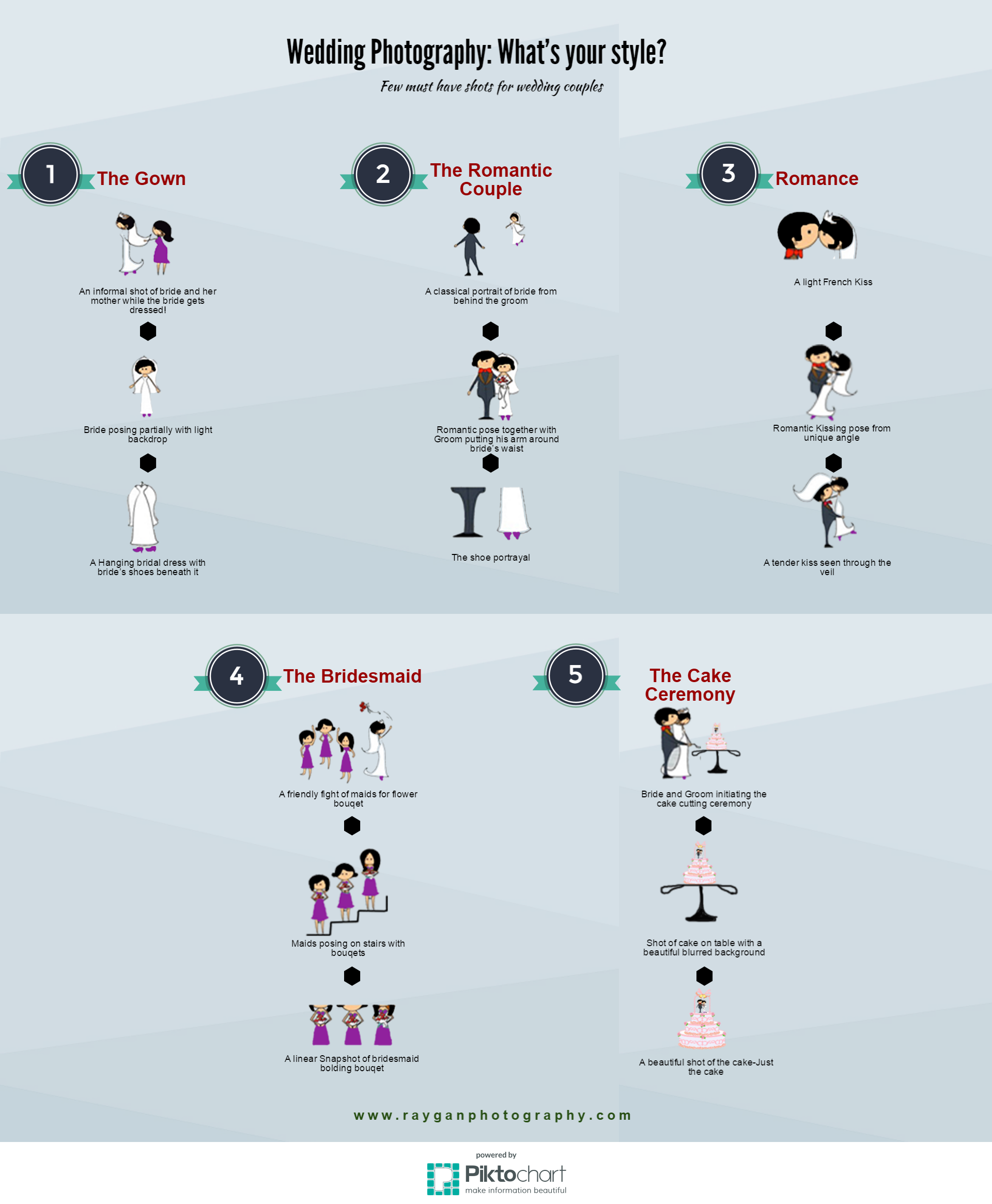What Every Professional Photographer Ought To Learn About Illumination
What Every Professional Photographer Ought To Learn About Illumination
Blog Article
Web Content Composed By-Hinson Polat
As a photographer, you understand that illumination can make or break your photos. Comprehending the nuances of both natural and man-made light is necessary for catching the mood and quality you go for in your job. Whether you're chasing after the best gold hour glow or fine-tuning your man-made setups, mastering these components can raise your photography significantly. Yet there prevail pitfalls that several overlook, and acknowledging them can transform your strategy to every shoot. Let's discover what you could be missing out on and just how it can influence your results.
Recognizing All-natural Light
Recognizing all-natural light is vital for any professional photographer looking to enhance their work. It's the structure of terrific digital photography, influencing mood, tone, and clearness. When you shoot outdoors, take note of the time of day. The golden hour-- shortly after sunrise and before sundown-- offers soft, warm light that can change regular scenes into magnificent pictures.
Do not undervalue the power of cloudy days. Cloud cover diffuses sunshine, creating a soft, also light that's best for portraits and macro photography. You'll discover colors appear this kind of lighting without rough shadows.
Positioning matters, as well. Constantly consider your subject's orientation to the source of light. If the sun's behind your topic, you may wind up with a silhouette, which can be remarkable however mightn't be what you want. On the other hand, direct sunlight can produce uncomplimentary darkness.
Explore angles; sometimes, changing your perspective can yield incredible outcomes. Use all-natural reflectors, like water or sand, to jump light onto your topic, including dimension.
Learning Artificial Light
Mastering fabricated light is crucial for professional photographers that wish to take their skills to the next level. Whether you're using speedlights, workshop strobes, or constant lights, comprehending exactly how to manipulate these resources can dramatically improve your pictures.
Start by familiarizing yourself with the fundamentals of light top quality, direction, and color temperature level. Try out different modifiers like softboxes, umbrellas, or grids to manage the softness or cruelty of the light.
You'll discover that soft light often develops flattering results, while harsher light can include drama and deepness. Don't shy away from darkness; they can boost the three-dimensionality of your topics.
Pay attention to the positioning of your lights. A light located as well near your subject can produce unflattering results, while also far can bring about a lack of detail. Utilize a light meter or your cam's histogram to guarantee you're exposing properly.
Last but not least, remember that artificial light can be mixed with ambient light for creative impacts. Stabilizing these resources could take technique, once you understand it, your digital photography will really radiate.
Methods for Various Situations
When you enter various capturing situations, adapting your lights strategies is essential for capturing the best photos. For outdoor portraits, utilize the golden hour-- early morning or late afternoon light-- to soften darkness and enhance complexion.
If it's an extreme noontime sunlight, think about making use of a reflector to bounce light back onto your subject or seek shaded areas for an extra also exposure.
In https://postheaven.net/octavia56isa/important-digital-photography-equipment-what-you-really-need-to-get-going -light situations, like interior events, boost your ISO and use a broad aperture to let in more light. A tripod can aid get rid of cam shake, enabling longer exposures without obscuring.
If on front page contending night, experiment with off-camera flash to produce vibrant lighting and deepness in your images.
For item digital photography, utilize diffused illumination to avoid extreme representations. Softboxes or light tents can aid accomplish this impact.
When photographing landscapes, consider the instructions of light and time of day, as it can drastically alter the mood of your shot.
Constantly be ready to readjust your settings and placing based upon the circumstance, as adaptability is essential to understanding lights in photography.
Conclusion
In conclusion, mastering lighting is essential to raising your digital photography abilities. Welcome natural light's elegance throughout gold hour, and don't shy away from trying out fabricated light methods. By adjusting your strategy to various situations, you'll record magnificent images that reverberate with emotion and clearness. Keep in mind, the best illumination can transform an ordinary shot into something remarkable, so keep exercising and fine-tuning your understanding of both all-natural and synthetic light. Delighted shooting!
